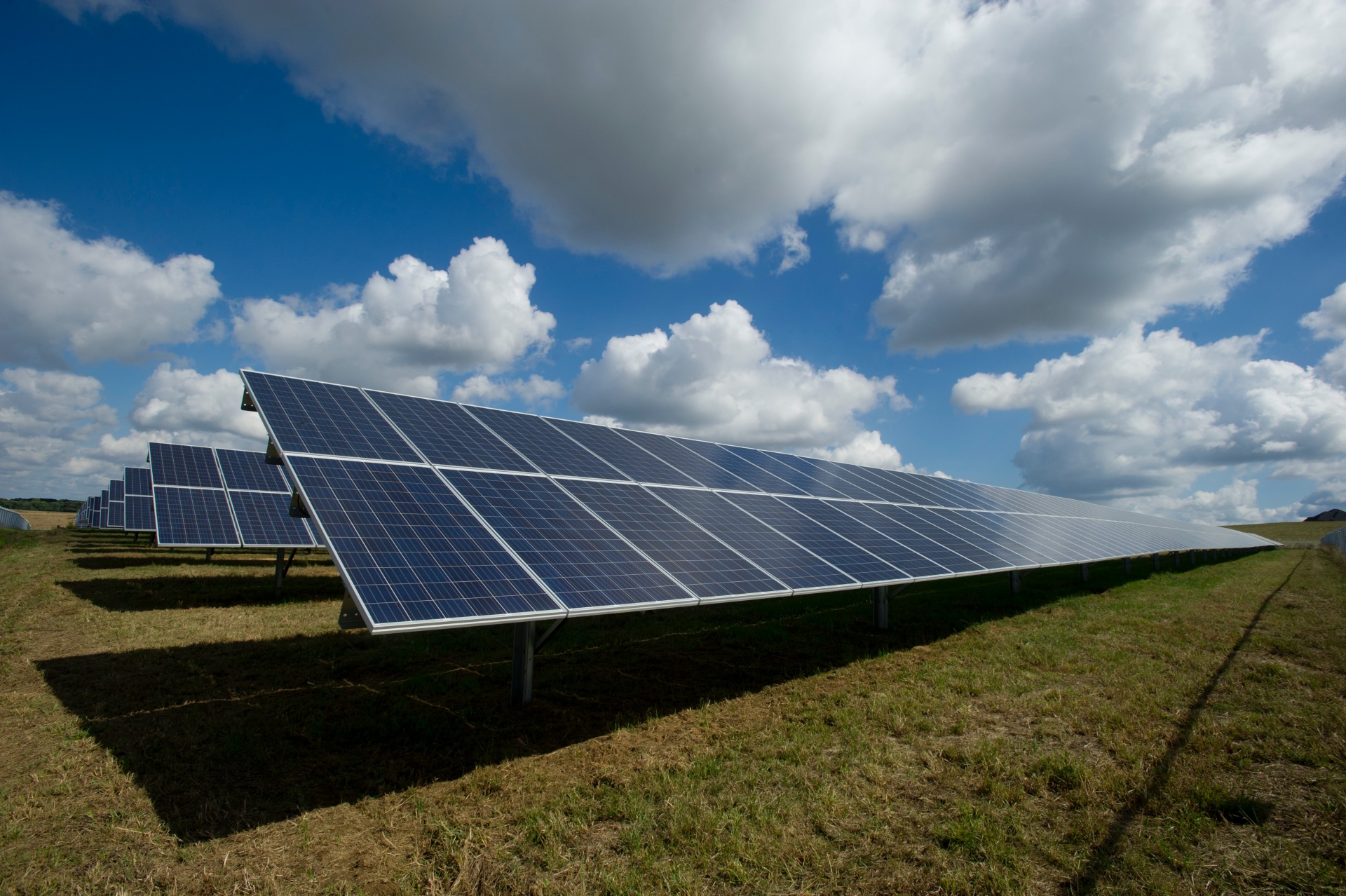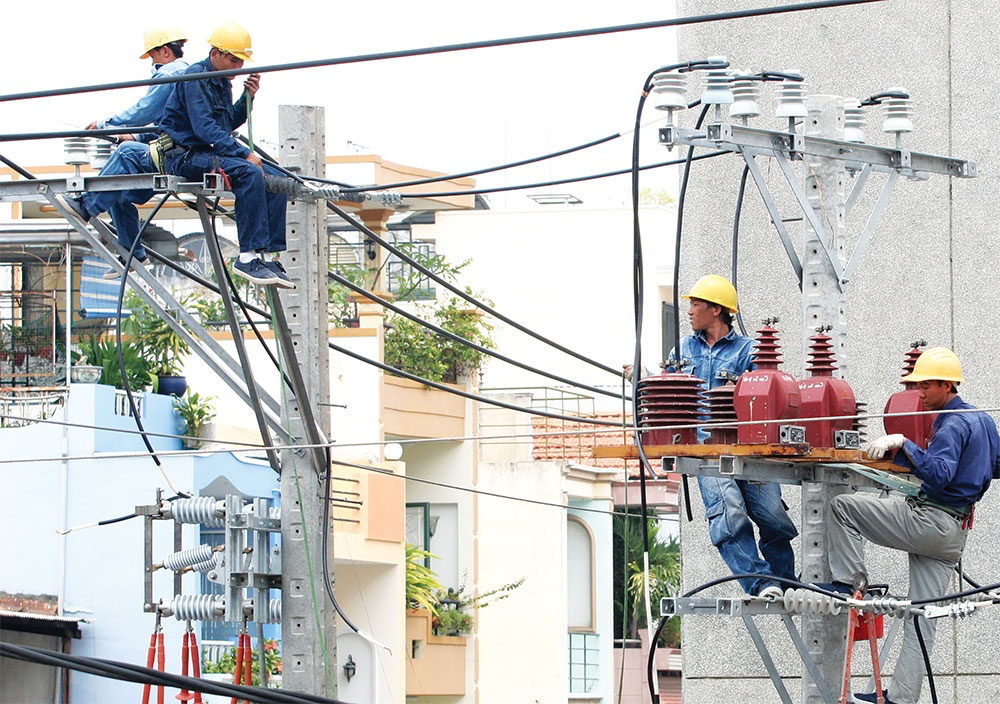Vietnam prioritises solar energy development in the north
 |
The Electricity Regulatory Authority under Vietnam’s Ministry of Industry and Trade (MoIT) is looking to overhaul the pricing structure for solar and wind energy, with a focus on promoting development in the country's northern regions.
The revised proposal aims to better reflect the varying solar radiation intensities across different parts of the nation.
Under the draft circular, the pricing framework for new solar projects will now be predicated on the solar radiation intensity of each locality, providing an impetus to spur development in the North, where solar radiation is significantly lower compared to the central and southern parts of Vietnam.
As such, the pricing mechanism for the north will necessitate a higher rate, given the lower energy output expected. This proposed adjustment to the pricing mechanism aims to be in line with the stipulations set forth in the national Electricity Law, which uses data from consultative organisations as inputs for calculations.
The state-owned Vietnam Electricity (EVN) will be responsible for preparing the tariff framework, and the proposal will then be submitted to the MoIT for review and ratification by November 1 each year.
In instances where there is a surge in the number of solar and wind power plants negotiating tariffs, the MoIT will establish an advisory council to scrutinise the proposed pricing framework presented by EVN.
Moreover, an amendment in this circular revision specifies that the new pricing framework will not be applicable to existing transitional solar and wind power projects. Instead, it will only apply to renewable energy projects that are newly constructed and commissioned and have new power purchase agreements.
The Power Development Plan VIII highlights Vietnam’s substantial potential for solar energy, which is estimated at 963,000MW. Of this, a dominant 87 per cent is attributed to ground-based solar.
By 2030, the cumulative capacity of solar energy sources is projected to rise by an additional 4,100MW, before reaching between 168,600 and 189,300MW by 2050.
As for wind energy, the plan sets a target of 21,880MW for onshore and approximately 6,000MW for offshore by 2030. By 2050, this capacity is anticipated to lie between 70,000 and 91,500MW.
 | MoIT proposes a new electricity pricing mechanism The Ministry of Industry and Trade (MoIT) has proposed a new mechanism to adjust the average retail electricity price, as stipulated by the prime minister. |
 | Vietnam's LNG power projects face contractual hurdles and rising import costs Vietnam's ambitious journey into liquefied natural gas (LNG) power projects is facing stumbling blocks, as protracted contract negotiations threaten the progress of key initiatives. |
 | Vietnam faces up to 2,000MW power shortfall Vietnam anticipates an energy shortfall of up to 2,000MW between 2024 and 2025, as the soaring electricity demand outpaces additions to capacity. |
What the stars mean:
★ Poor ★ ★ Promising ★★★ Good ★★★★ Very good ★★★★★ Exceptional
Related Contents
Latest News
More News
- PM orders investment model for North–South high-speed rail (December 22, 2025 | 17:43)
- First members of Danang International Finance Centre revealed (December 22, 2025 | 17:39)
- Securing capital and efficiency for Vietnam’s 2026-2030 growth ambitions (December 17, 2025 | 10:00)
- Driving double-digit growth through green and circular transformation in Vietnam (December 17, 2025 | 09:00)
- Vietnam bucking trend in the global M&A landscape (December 16, 2025 | 14:20)
- Vietnam’s green transition demands collective financial action (December 15, 2025 | 12:00)
- VIR workshop highlights capital and policy for sustainable development (December 15, 2025 | 11:00)
- National Assembly approves pilot mechanisms to accelerate major projects in Hanoi (December 12, 2025 | 11:29)
- Vietnam eases policy approval requirements, simplifies foreign and outbound investments (December 11, 2025 | 17:53)
- Unpacking new momentum in Vietnam’s M&A market (December 10, 2025 | 09:59)

 Tag:
Tag:





















 Mobile Version
Mobile Version